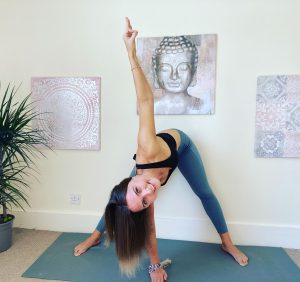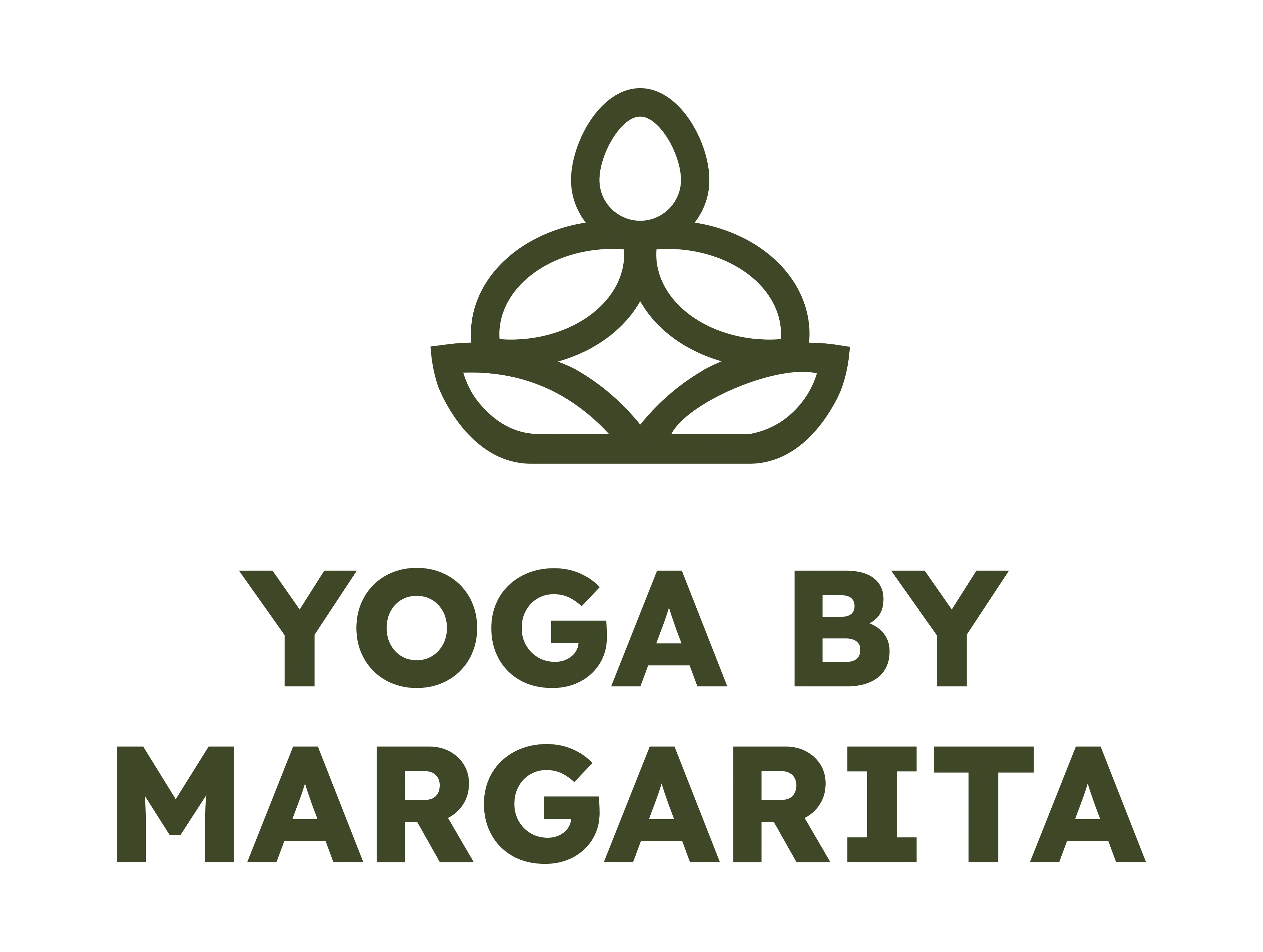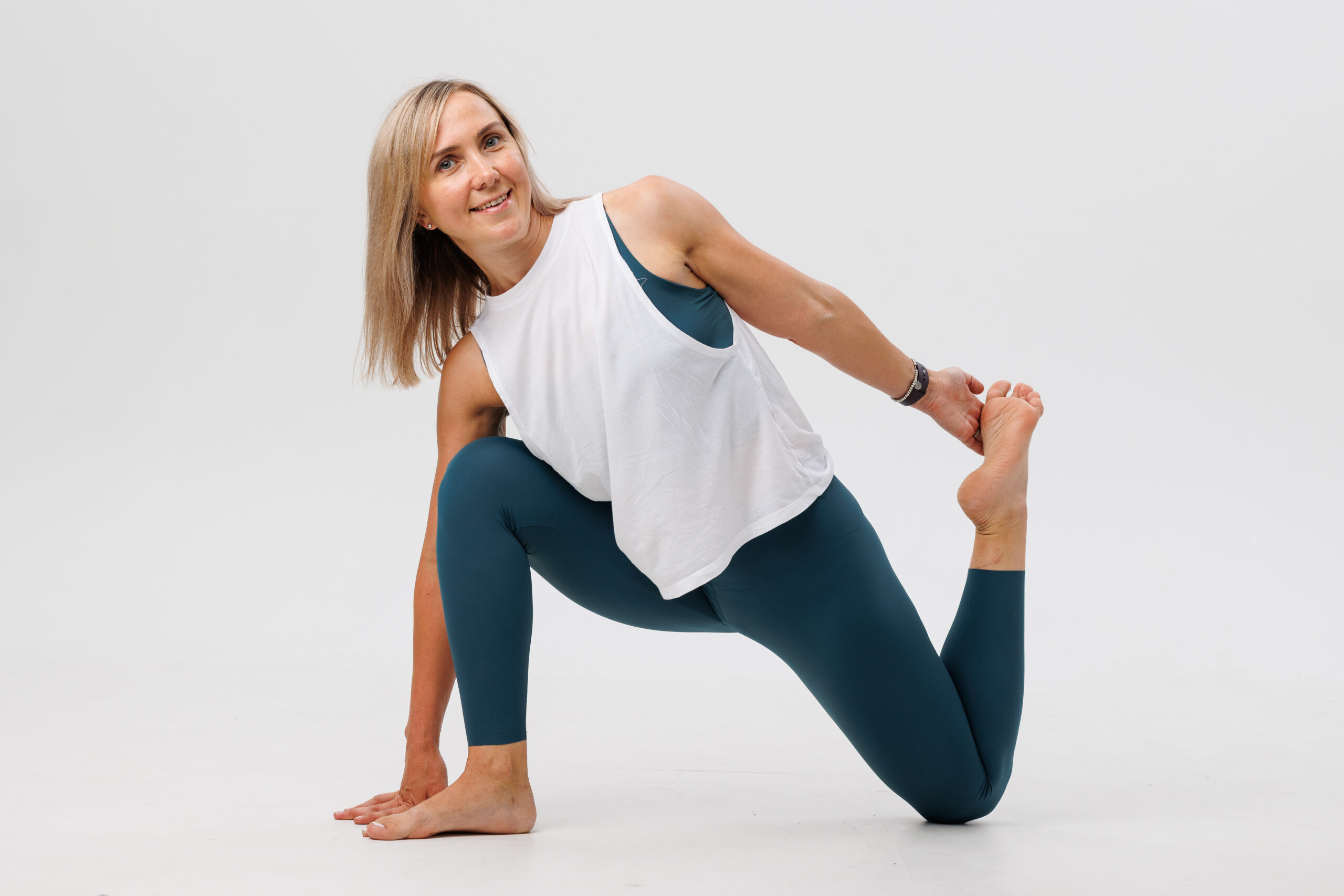Traditional Hatha Yoga – The History
In the 21st century Traditional Hatha yoga is becoming of greater importance and relevance. In addition it provides an overall balance for everyone who is practising.
A balance of body and mind, emotion, thoughts and also behaviour. This is the focus of the Yoga lifestyle.
Even so many yoga schools and studios around the world are offering different types of yoga. Hot yoga, Yin yoga, Power yoga, Vinyasa yoga, Prenatal yoga, Gentle yoga and many more.
But which one to choose? What is the difference? What are the benefits?
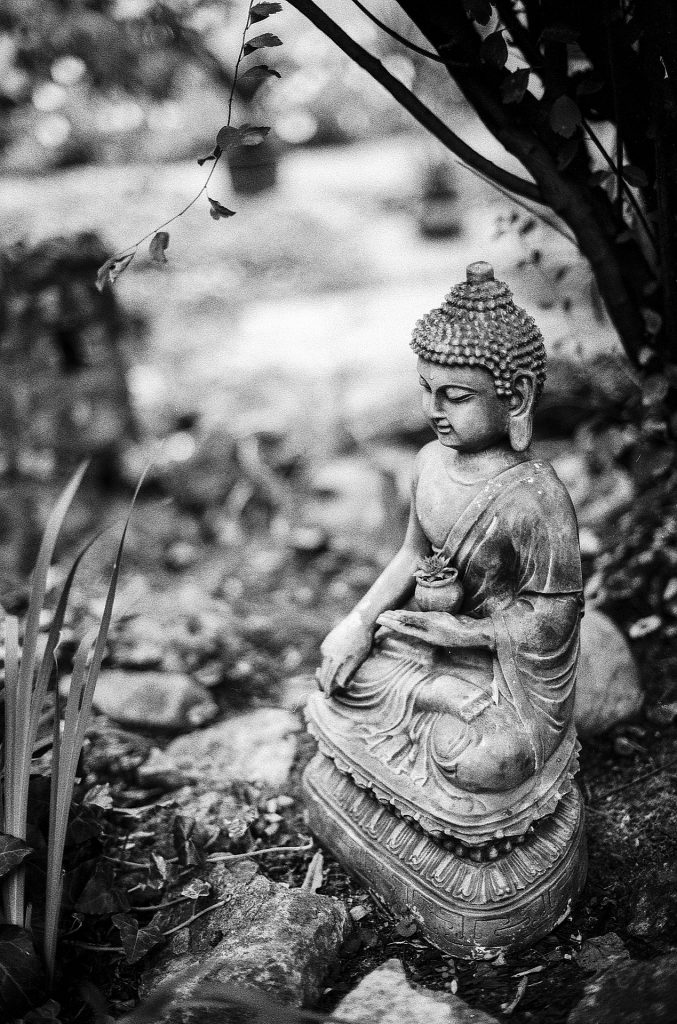
Traditional Hatha Yoga
These types of questions will pop into the head of anyone new or experienced in yoga practice. Besides new styles of yoga are coming every week.
Nevertheless all these types are based on Traditional or classical Hatha Yoga.
“Ha” means physical energy or body and “Tha” means mental energy or mind. Hatha yoga was developed between 6th to 15th century AD.
In fact, the aim of Traditional Hatha yoga is to purify and clear energy channels or passages (in Sanskrit: Nadis). Then it balance physical and mental energies and remove any blockages between them.
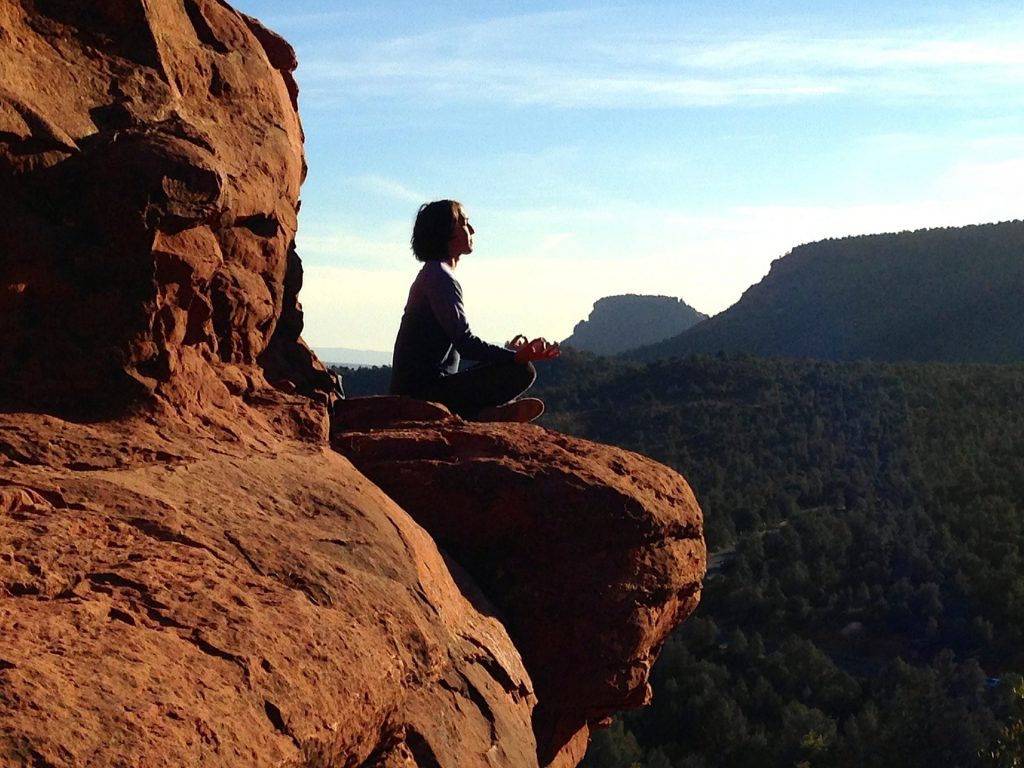
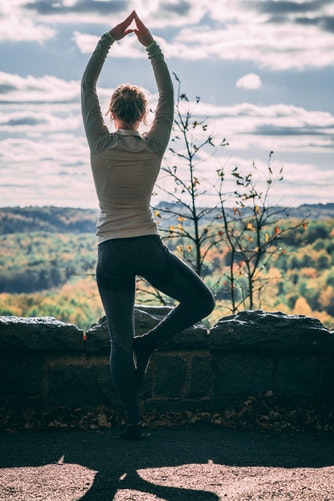
Traditional Hatha Yoga – Cleansing techniques
Above all there are 5 contents in Traditional Hatha yoga. It always begins with Shatkarma – cleansing process.
There are 6 cleansing techniques during execution help to remove accumulated toxins in the body. It is also balancing the entire body and mind, especially nervous and endocrine systems. It removes blockages from the energy channels that the panic energy starts flowing without any hurdles.
From then on many yoga teachers are introducing at least a few techniques to the beginner or intermediate classes. Most of them can be performed at an advanced level only, after years of yoga practice.
Traditional Hatha Yoga – Asanas
After the cleansing comes Asanas (yoga postures) the most popular content.
Asana means the position of the body as well as the state of mind. If you consider the Asana, there are 3 steps. First is taking the position, second is the Asana or position itself. The third step is releasing the position.
All these steps have to be steady, comfortable, supportive to the definition. Hence it is necessary that the movement involved should be slow and steady. As well as fast and speedy movement must be avoided too.
Most important that the aim of Asanas is to achieve a healthy body by strengthening various systems. Likewise to achieve a peaceful and stable mind, increase body awareness and thus connects the body to the mind.
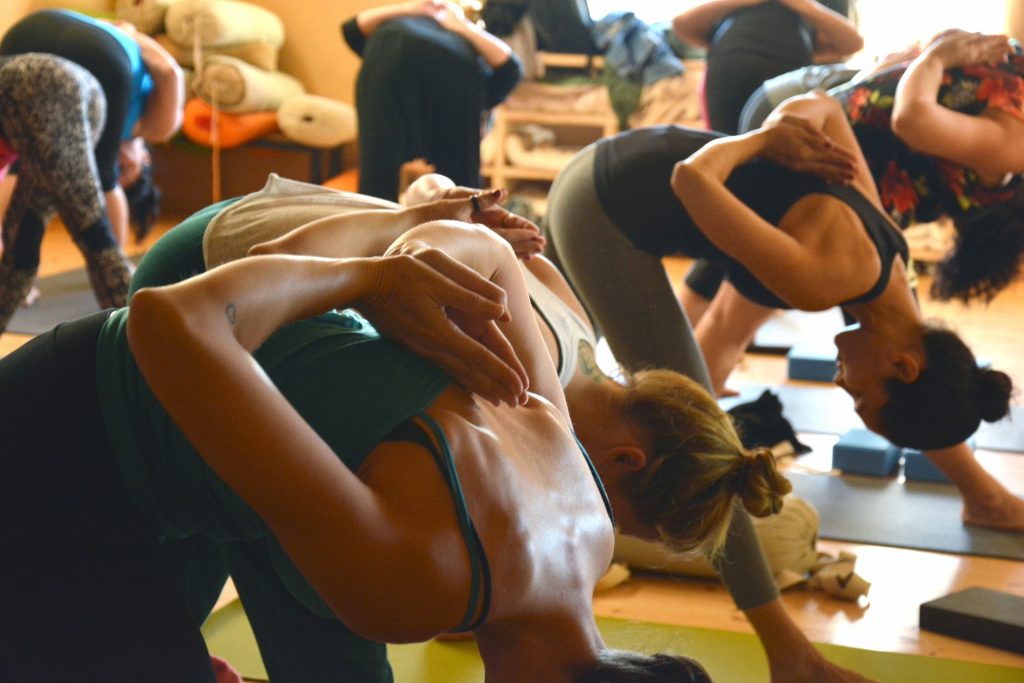
The natural condition of the body and mind is a relaxed state. By regular practice of Asana this relaxed condition is achieved without efforts.
To demonstrate, if you are just sitting in an office chair, try and make your body relaxed. Try to let the mind become calm and peaceful. As a result there will not be any stress or strain on the physical level and no thoughts in the mind. Now we can easily understand what an Asana is.
Traditional Hatha Yoga – Pranayama
Pranayama or breathing in Traditional Hatha yoga comes after Asana. It is made up of Prana + Ayama, which means the control and extension of the Prana (vital energy or bioenergy).
In fact, breathing is a vital process which starts at the time of birth and ends at death. Oxygen is vital to life and is supplied to all the parts of the body including organs and cells.
All metabolic processes always require oxygen. Oxygen is life, a vital force. Breathing is the process of taking in this energy and removing the waste products out of our body and mind.
Breath, which is connected to the mind, controls the nervous system. It releases stress, anxiety, mention and anger.
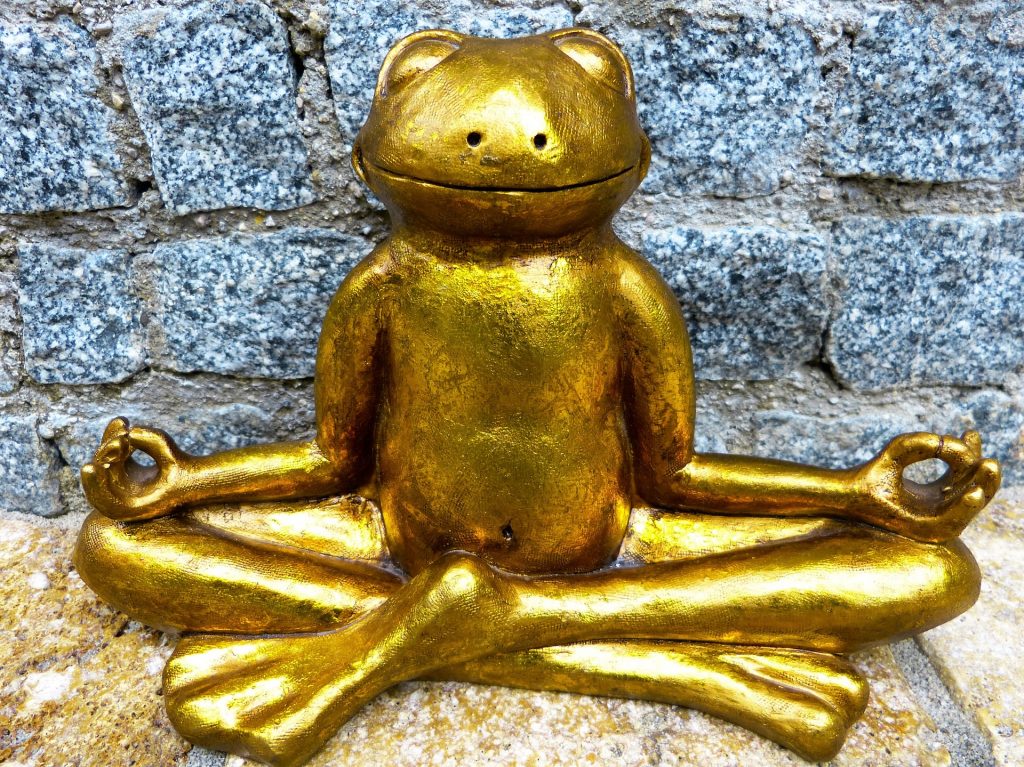
There are various techniques of Pranayama which have different effects on the body, mind and spirit. Some of them are relaxing, soothing, can be practised at any time on different levels of scale.
Some are rhythmic or with retentions and should only be practised under the direct guidance of an expert yoga teacher.
All these techniques are beneficial for everyone as it works perfectly for all body systems. Especially it work for the nervous system, which is so important in our modern life.
Traditional Hatha Yoga – Mudra’s and Bandha’s
Subsequently, the last part of Traditional Hatha Yoga is Mudra’s and Bandha’s. It is a psychic gesture which induces a particular state of the mind.
Mudras and Bandhas are what I am using to control the Pranic energy. These are awakened after the mastery of Asana and Pranayama practices.
Healthy body, stronger nervous system, better neuromuscular coordination and an ability to concentrate. It leads to being able to control the flow of Prana and to strengthen the mind. Once again these are the keys to success in the study of Mudras and Bandha’s.
The practices of Mudras and Bandhas simultaneously bring a deep state of meditation without any conscious efforts.
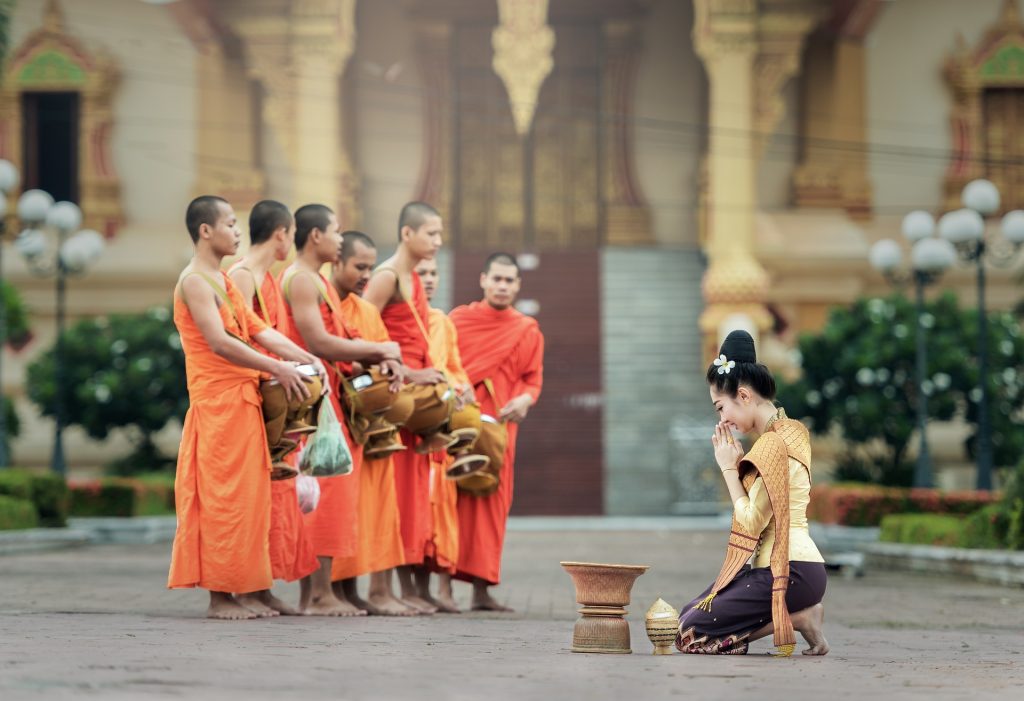
To Summarise, Traditional Hatha yoga is a science of body and mind balance. It includes physical health, mind relations and mental control, emotional balance and intellectual development.
For Yoga Classes please contact me below
